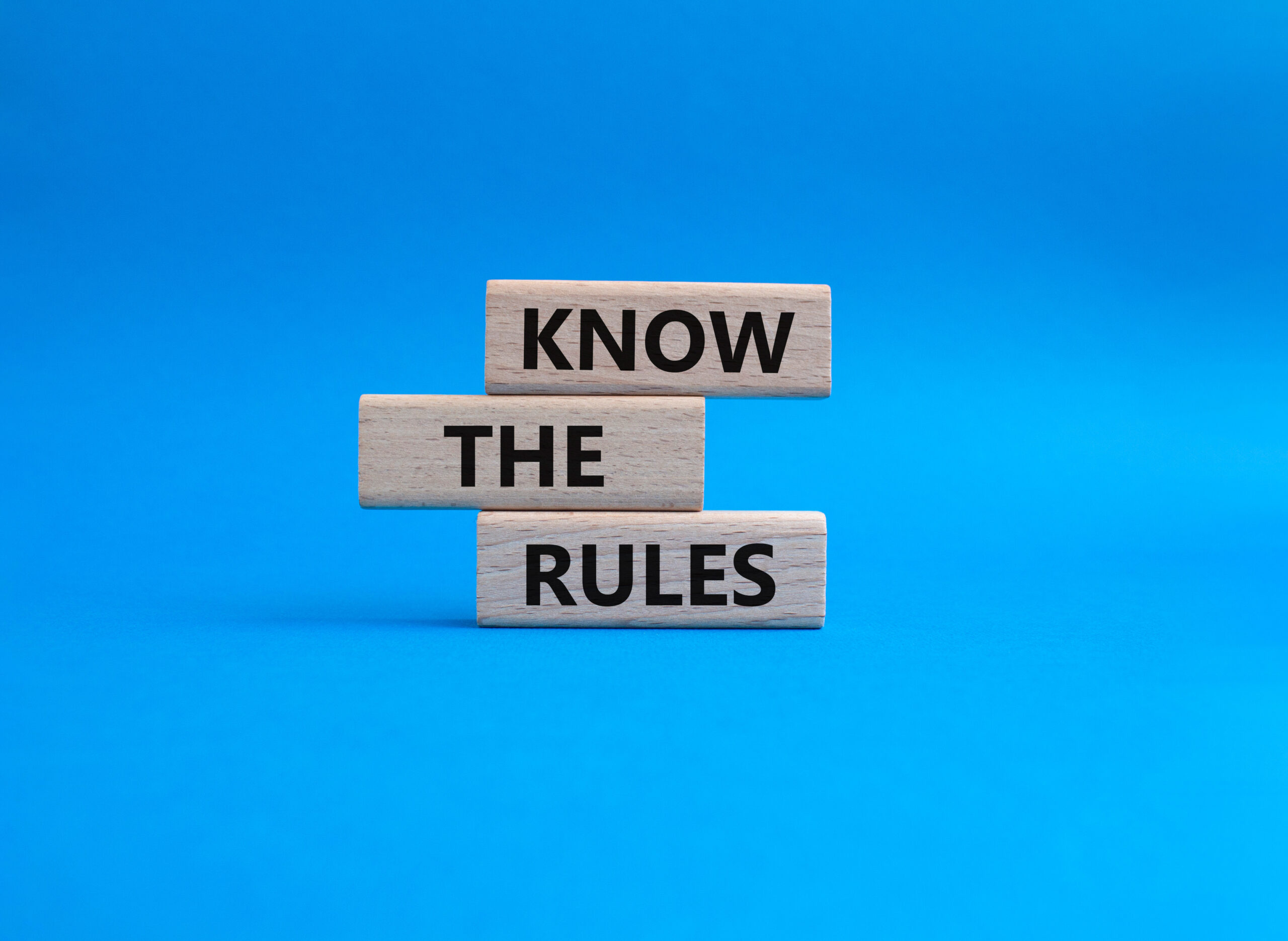Use this handy worksheet as part of your training manual for new staff and refresher training with veteran staff.
In the May issue of Cleaning Business Today, Derek Christian discussed acids, which have a pH below 7 on the pH scale. In the June issue, he examines bases. Less well known among cleaning agents, bases (also called alkalis) are chemicals with a pH higher than 7 when dissolved in water. Bases are very common in certain laundry products and kitchen cleaners, but they can be extremely dangerous to cleaning technicians and to surfaces if not used properly.
Let’s do a quick review of the pH scale, which ranges from zero to 14, with pH of seven considered neutral (tap water). The pH scale works on a logarithmic scale, meaning each point on the scale is based on a multiplier of 10. Just like on the lower or acid side of the scale, moving either direction from neutral (pH 7) means a point on the scale is ten times stronger than the previous number. Thus, the strength of the acids and bases increase significantly as you get to the extreme ends of the scale.
The following infographic illustrates the pH scale by comparing it to distances.
Here’s a handy worksheet version of the article for you to print and share with your staff.







